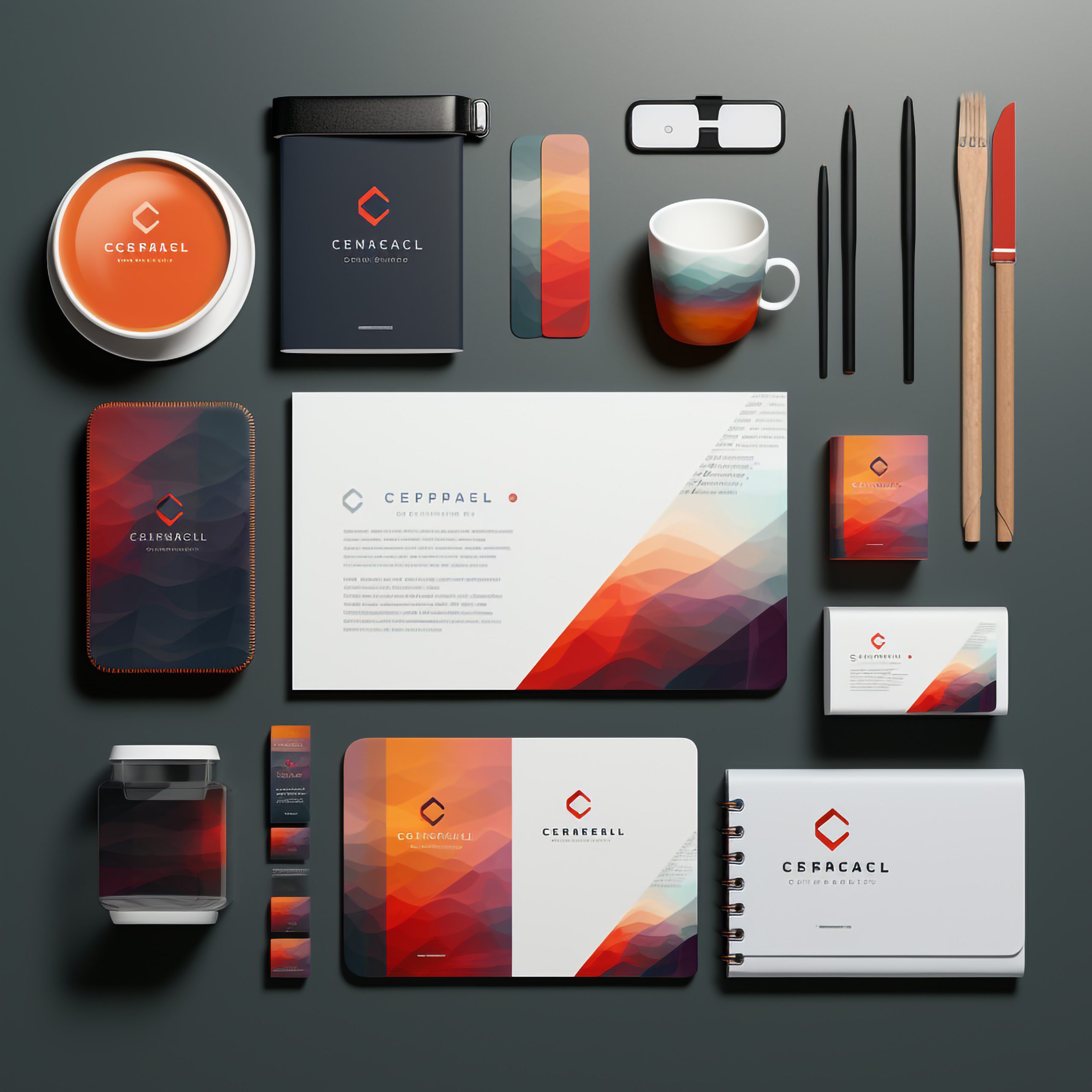
Though they signify different ideas, the marketing jargon “logo design” and “branding” are frequently used synonymously. If you want to build a solid, consistent brand identity, you must know the difference between the two.
What is a Logo?
Logos are visual marks, emblems, or symbols that help people recognize and associate a business with a certain brand. Logos can be either entirely visual (icons) or constructed of the organization’s name (wordmarks or logotypes).
Think of the apple with a bite taken out for Apple Inc. or the swoosh for Nike. These simple visuals are a part of a larger brand strategy but are not the entirety of branding themselves. They serve as a company’s visual shortcut, a visual element that transcends language and culture in many cases.
What is Branding?
On the other hand, branding is a marketing strategy that includes giving a product a name, symbol, or design that makes it stand out from other products. Branding is not just the visual identity (which includes the logo) but also the perceived emotional corporate image as a whole. It includes consumer expectations, memories, tales, and relationships that influence their product or service choice. If a logo is just the tip of the iceberg, branding is the entire iceberg that sits below the surface.
Difference Between Logo Design and Branding
- Purpose and Scope:
Logo Design: The purpose of a logo is to provide a visual identifier for a company. It is often the first visual contact a customer will have with a company. A well-designed logo is simple, memorable, and works across various mediums and applications.
Branding: Branding’s purpose is broader. It aims to build a comprehensive identity for a company that reflects its values, services, and personality. Branding influences everything from marketing, customer service, tone of voice, and even the corporate culture.
- Process and Strategy:
Logo Design: The process of designing a logo involves selecting appropriate colors, shapes, and fonts that align with the business’s core objectives. The design needs to be functional, with a focus on being easily recognizable and scalable to work at all sizes.
Branding: Branding involves a more complex strategy. It includes market research, understanding target demographics, and crafting a brand voice. Branding strategies will dictate the style and direction of the logo, but they also determine the approach to customer interactions, the style of advertising, the company’s online presence, and even the interior design of the company’s offices.
- Impact and Usage:
Logo Design: A logo acts as a shorthand symbol for the brand. It’s a tag or a signature. It doesn’t tell the whole story, but it reminds you of a narrative that you’re familiar with.
Branding: Branding is the narrative. It’s what people say about your company when you’re not in the room. It’s the feelings and expectations that consumers have about your products or services.
- Evolution and Flexibility:
Logo Design: While logos can evolve, changes are usually subtle and infrequent to maintain recognition.
Branding: Branding can be more fluid. As markets, consumer behaviors, and economic conditions change, the brand can adapt in many ways—perhaps through a shift in messaging, updating the company’s mission, or even a complete overhaul of the product line.
Our team at Creative Alif knows how these different parts work together and how to help businesses create identities that are unified, connect with their audience, and last. Use the power of both logo design and branding to tell a better story about your business and build customer loyalty that lasts.